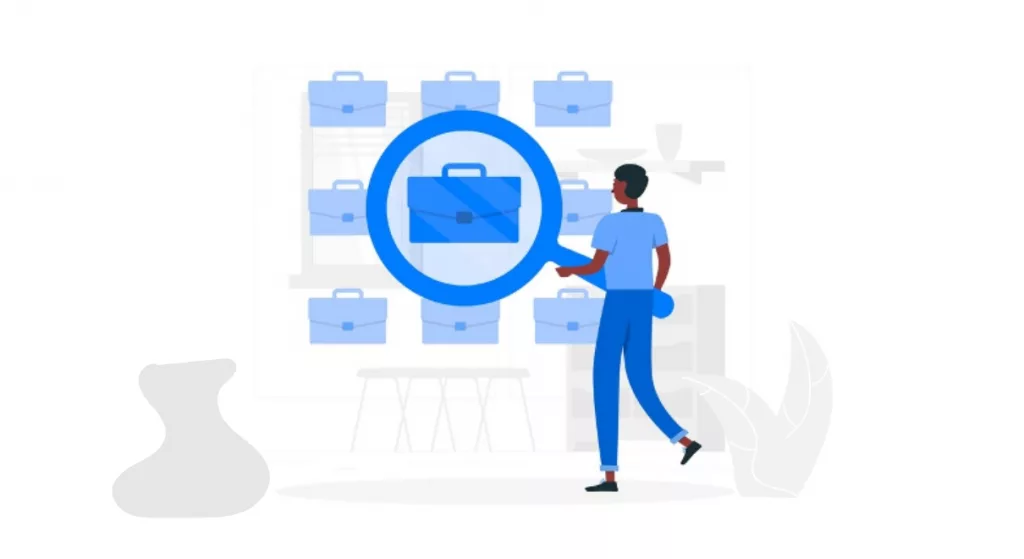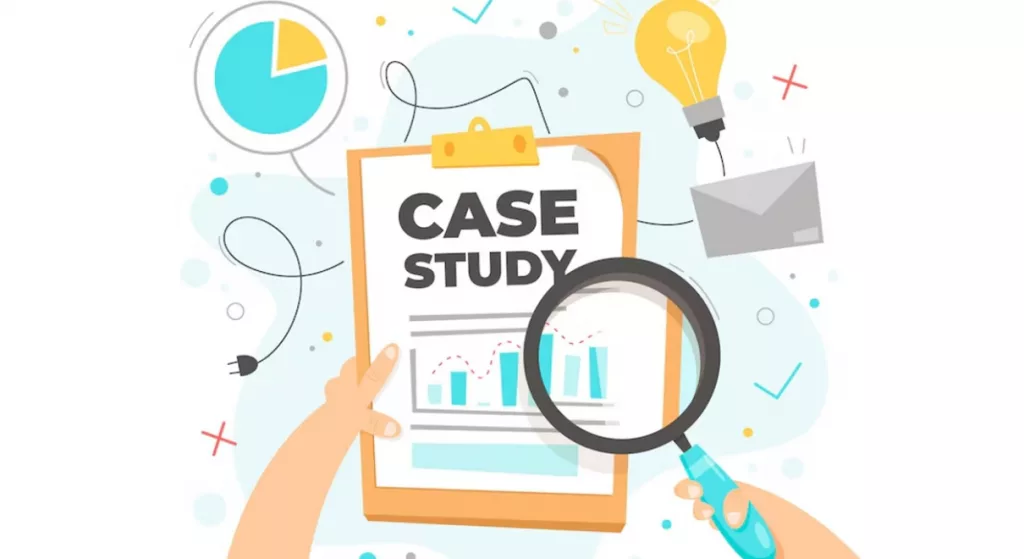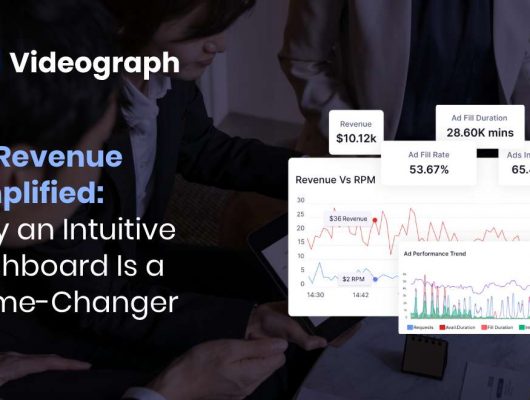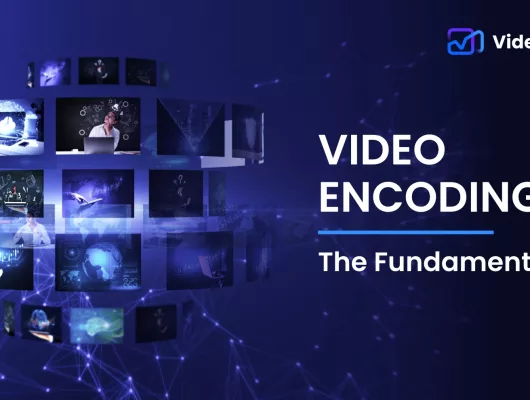What is Digital Asset Management: How to Streamline and Optimize Your Content Workflow
In today’s digital world, managing your content efficiently is more important than ever. That is where Digital Asset Management (DAM) comes in. But what is DAM, and why should you care?
Digital Asset Management helps you organize, store, and retrieve digital files like images, videos, and documents. Think of it as a smart, digital filing cabinet that keeps everything in one place, making asset finding and use easy.
Streamline and optimize content workflow with a DAM system to maximize productivity. Imagine no more wasting time searching for misplaced files or dealing with outdated versions. Instead, everything you need is right at your fingertips, neatly organized, and ready to go.
This blog will discuss how Digital Asset Management can change how you handle your content, making your workflows smoother and more efficient. So, let’s make the most of this powerful tool!
Understanding Digital Asset Management (DAM)
Digital Asset Management (DAM) keeps digital assets such as images, videos, graphics, and documents neatly organized and easily accessible. Imagine a vast collection of digital files scattered across your computer and cloud storage. Finding the correct file when you need it can be a real headache. DAM systems solve this problem by centralizing all your assets in one place and making them easy to find.
Types of Digital Assets
DAM systems manage a wide variety of digital assets, including:
- Images: Photos, graphics, and illustrations.
- Videos: Promotional videos, training clips, and recorded events.
- Documents: PDFs, Word documents, and presentations.
- Audio Files: Podcasts, sound effects, and music tracks.
Each type of asset can be tagged with important information, so you can quickly search for what you need without remembering exactly where you saved it.
Core Features of DAM Systems
DAM systems have multiple features to make managing your digital assets easier:
- Asset Storage: Securely store all your digital files in one central location.
- Retrieval: Quickly find and access files through a powerful search function.
- Metadata Management: Add and manage details about your files (like keywords, descriptions, and dates) to make searching more effective.
- Sharing: Easily share files with team members or clients without worrying about email attachments or file size limits.
With these features, DAM systems not only help you keep track of your assets but also ensure that they are stored securely and readily available whenever you need them. It is like having an organized digital library where everything is in place, making your work life much easier.
Benefits of Digital Asset Management

Using a Digital Asset Management system can offer some pretty significant advantages. Here’s how DAM systems can optimize content workflow and make a real difference in your daily work:
Centralized Repository
One of the most significant benefits of a DAM system is having a single, central place to store all your digital assets. Instead of hunting through various folders on different devices or cloud services, everything you need is neatly organized in one spot. This means less time searching and more time focusing on your actual work.
Enhanced Efficiency
Ever spent ages looking for a file you know you have but can’t quite remember where you saved it? A DAM system helps curb that frustration by providing powerful search tools and organized storage. You can quickly locate the exact asset you need using keywords or tags, which cuts down the time spent searching. This streamlined process helps you be more productive and less stressed.
Improved Collaboration
If you work as part of a team, a DAM system can greatly improve how you collaborate. Instead of constantly sharing files over email or dealing with confusing version issues, you can share assets directly through the DAM system. Team members can access, review, and comment on files in real-time leading to better communication and a smoother workflow.
Version Control and Quality Management
Managing different versions of files- like drafts and final versions can be tricky. DAM systems help by keeping track of all the versions of an asset so you always know which one is the latest and greatest. Plus, they help ensure your files meet quality standards and comply with necessary guidelines. This means you avoid issues with outdated or incorrect files and maintain high quality across all your digital content. In short, a DAM system is a super-efficient assistant for all your digital files.
How DAM Streamlines Content Workflow
A Digital Asset Management system does not just store your files- it actively helps improve how you handle content from start to finish. Here’s how:
Automated Workflows
Imagine if you could automate repetitive tasks, like tagging images or converting files to different formats. That is exactly what DAM systems can do. For instance, you can set up your DAM system to automatically tag photos with relevant keywords or convert videos into various formats as soon as they are uploaded. Save time and reduce human error to focus on more important tasks.
Search and Retrieval

Finding the right file can be a hassle when dealing with a large asset quantity. DAM systems make this much easier with powerful search and retrieval functions. Search for files using tags, descriptions, or metadata. You have a super-smart search engine that finds what you need in seconds.
Integration with Other Tools
A DAM system does not work alone; it seamlessly integrates with other tools you use every day. For example, it can connect with your content management system (CMS), making it easy to pull images and documents directly into your website or blog. It can also link up with project management tools to keep track of asset usage and deadlines or with creative software to streamline the editing process. This means everything works together without requiring manual data transfers or extra steps.
Choosing the Right DAM System
With so many options, selecting the right DAM system can be overwhelming. Here’s a guide to help you:
Key Considerations
- Scalability: Think about how your needs might grow in the future. Choose a system that can handle increased assets and users without causing headaches. Choose a solution that grows with you.
- Ease of Use: The system should be user-friendly. A system too complicated might be a struggle for your team. Find an intuitive interface that is easy to navigate.
- Integration Capabilities: Make sure the DAM system can connect with other tools you already use, like your CMS, project management tools, or creative software.
- Cost: Consider your budget and the total cost of ownership. Some may charge based on user numbers or the amount of storage you need. Understand the pricing structure to choose a solution that fits your budget.
- Security: Choose a system with strong security features for your valuable assets. Options with encryption, access controls, and regular backups will keep your files safe.
Popular DAM Solutions
Here are some well-known DAM systems to consider:
- Adobe Experience Manager has robust features and integration with other Adobe tools. It is an excellent option if you already use Adobe products and need a powerful solution.
- Widen: Looking for a versatile and scalable option? Widen’s easy-to-use interface and strong support for various asset types is your pick.
- Bynder: Team needs to work together on creative projects and maintain a unified brand look? Bynder focuses on creative collaboration and brand consistency.
Think about the most important features for your needs and how each option aligns with your goals. Because choosing the right DAM system can optimize content workflow and management.
Implementing DAM in Your Organization
Getting a DAM system up and running can seem like a big task, but with a bit of planning, it can be simple. Here’s how:
Assessment of Current Workflow
Take a look at how you currently manage your digital assets. Ask yourself:
- What Works Well? Identify parts of your current system that are good.
- What Needs Improvement? Pinpoint the areas where you are facing challenges.
- What Assets Do You Have? List all the types of digital assets you use and where they are stored.
This helps you realize what you need from a DAM system and ensures you choose a solution that fits your current workflow and future needs.
Planning and Migration

Know what you need? It is time to plan the transition into the new DAM system:
- Set Clear Goals: Define what you want to achieve with the new DAM system. This could be improving searchability, enhancing collaboration, or ensuring version control.
- Organize Your Files: Clean up any outdated or duplicate files to prepare your existing digital assets for migration.
- Plan the Migration: Decide how you will transfer your files to the new system. You might want to do this in stages, starting with the most critical assets.
Training and Adoption
Is everyone on board with the new DAM system? Because that is key to its success.
Here’s how to make sure your team is ready:
- Training: Training sessions on how to use the new system so the team knows how to search for files, upload new assets, and use special features.
- User Guides: Give simple guides or cheat sheets to refer to as they start using the system.
- Encourage Adoption: Address concerns and highlight the new system’s benefits.
Best Practices for DAM Optimization
Metadata Management
Metadata is like the information tag for each of your digital assets. It includes the file’s title, author, creation date, and keywords. Here’s how to manage metadata effectively:
- Be Consistent: Use a standard format for tagging all your assets.
- Use Descriptive Tags: Add clear and descriptive tags to your files. For example, instead of just tagging a photo as “river,” use tags like “sunset,” “vacation,” and “riverside” to make it easier to find.
- Update Regularly: Keep metadata up-to-date, especially if you make changes to the asset or its use.
Regular Audits and Maintenance
Just like your physical filing cabinets, your DAM system needs periodic check-ups:
- Perform Regular Audits: Schedule a time to review and clean up your digital assets. Remove duplicates, outdated files, and anything no longer needed.
- Update the System: Ensure your DAM software has the latest features and security patches.
- Check for Broken Links: Regularly check that all links and integrations work properly.
User Access and Permissions
Manage who can access and modify your digital assets for security and organization:
- Set Clear Permissions: Define who can access which assets and what they can do with them. For example, some users might only need to view files, while others may need editing rights.
- Review Access Regularly: Review user permissions to ensure they are still appropriate. Remove access for users who no longer need it.
- Educate Users: Make sure your team understands their roles and responsibilities regarding asset management and security.
Case Studies and Examples

Seeing how other organizations have successfully implemented Digital Asset Management systems can provide valuable insights and inspire you.
Success Stories
Marketing Agency Revamps Workflow
The Challenge: A marketing agency found managing a large volume of creative assets challenging. Files were scattered across multiple locations, leading to delayed submissions and inefficiencies. Team members wasted time searching for the right images and videos, which slowed down their projects.
The Solution: A DAM system helped centralize all their digital assets in one place. The new system allowed them to tag files with relevant keywords and set up automated workflows for file conversion and version control.
The Result: Efficiency improved: Team members saved time by accessing the needed assets, leading to faster project turnaround times. Collaboration improved as everyone had access to the same up-to-date files, and the agency reported a noticeable boost in overall productivity.
Before and After
Before Implementing DAM:
- Disorganized File Storage: Assets were stored in multiple locations, making finding and managing them difficult.
- Manual Search and Retrieval: Team members spent a lot of time searching for files and dealing with outdated versions.
- Inefficient Collaboration: Sharing and updating files was exhausting, leading to issues.
After Implementing DAM:
- Centralized Repository: All assets were stored in one accessible location, improving organization and ease of access.
- Quick Search and Retrieval: Powerful search functions and metadata tagging allowed fast and accurate file retrieval.
- Streamlined Collaboration: Teams could easily share and update files, ensuring everyone worked with the latest versions, improving overall workflow.
Common Challenges and Solutions
Here are some common issues organizations face and practical solutions to overcome them:
Data Migration Difficulties: Moving your existing digital assets to a new DAM system can have issues with file formats, incomplete transfers, or loss of metadata.
The Solution:
- Plan the migration process.
- Organize and clean up any duplicates/outdated assets before transfer.
- Use migration tools or services that the DAM vendor provides.
- Test the migration with a small batch of files before fully transferring.
User Adoption and Resistance: Some team members might resist change or find the new system difficult to use.
The Solution:
- Provide thorough training and support.
- Offer hands-on sessions and user-friendly guides.
- Highlight the benefits, like time savings and improved efficiency.
- Ongoing support and open communication can also help.
Integration Issues: Integrating the DAM system with other tools and software you use can be complex and may require additional configuration.
The Solution:
- Choose a system that offers strong integration capabilities.
- Work closely with the DAM vendor to ensure proper setup and configuration.
- Consider using middleware or integration platforms to connect different systems.
- Test integrations before relying on them.
Managing Metadata: Keeping metadata consistent and accurate can be challenging if you have a large volume of assets or if multiple people are adding and editing metadata.
The Solution:
- Develop clear guidelines and standards for metadata tagging and management.
- Provide training.
- Regularly audit and clean up metadata.
- Automated tagging tools can also help streamline the process.
Security Concerns: Protecting sensitive files from unauthorized access and potential data breaches is challenging.
The Solution:
- Choose a DAM system with encryption, access controls, and regular backups.
- Set up user permissions carefully.
- Regularly review and address any new threats.
Future Trends in Digital Asset Management

Here are some exciting developments that could impact DAM systems:
Emerging Technologies
Artificial Intelligence (AI) and Machine Learning: AI and machine learning can help automate tasks like tagging and categorizing assets. For example, AI can automatically recognize objects in photos and suggest relevant tags, saving time and effort.
Enhanced Search Capabilities: Search functions are becoming more advanced due to AI and natural language processing. This means you can search for assets using more natural language queries, like “find images of rivers,” rather than specific tags or keywords.
Integration with Cloud Services: Cloud storage and DAM systems integrate more seamlessly, allowing easier access to assets from anywhere and better collaboration with remote teams.
Evolving Best Practices
Focus on User Experience: There is an emphasis on improving the user experience (UX) within DAM systems. More intuitive interfaces and better user support for all skill levels are being introduced.
Increased Personalization: DAM systems offer personalized experiences based on user roles and preferences. For example, users might see different dashboards or have access to different tools depending on their needs.
Greater Emphasis on Security: You can see more advanced encryption methods, access controls, and better compliance with data protection regulations.
Conclusion
Digital Asset Management can change the way you manage digital files. DAM systems streamline your workflows by centralizing your digital assets, boosting productivity.
Now, it is time for you to take action. Reflect on your current asset management practices and choose a DAM system to improve efficiency and collaboration.







